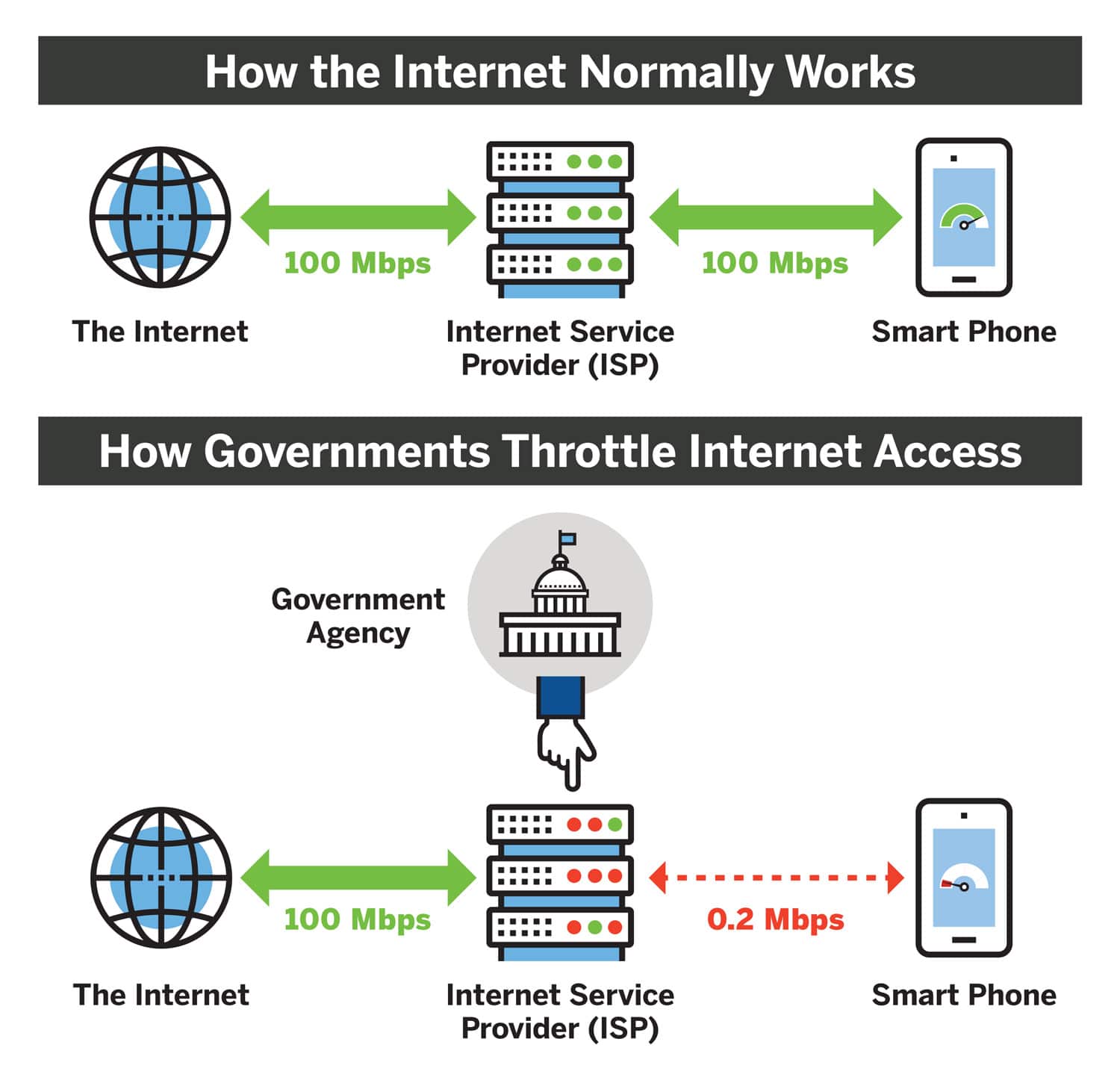Bandwidth throttling is an approach used by an internet service provider (ISP) to manage the traffic on the network. The service provider will reduce the amount of data that a user is able to send or receive in order to ensure the speed and quality of service for everyone on the network. This technique is sometimes used to prevent one user from consuming too much bandwidth or slowing down the system for other users.
Bandwidth throttling is commonly used for data-intensive applications such as streaming media, online gaming, and peer to peer software. Some ISPs, however, may throttle all bandwidth types, including web browsing and email. Throttling can be difficult to detect as the effects usually manifest themselves as slow page loads.
To reduce bandwidth throttle, users may try to reduce the amount of data they send or receive, or switch to a higher speed internet package. There are also ways to route traffic through VPNs or proxy servers to reduce throttling. Additionally, certain services are designed to help detect and circumvent throttling, such as Speedify or ThrottleStop.
It is important to note that bandwidth throttling is legal in many countries, but is considered an unethical practice by some. Additionally, data caps or usage-based pricing can also be implemented by ISPs in some areas. Data caps will set a maximum limit on the amount of data a user is able to send or receive and will throttle any usage over the limit. This is a common practice among ISPs because it encourages users to switch to plans that offer higher amounts of data.






